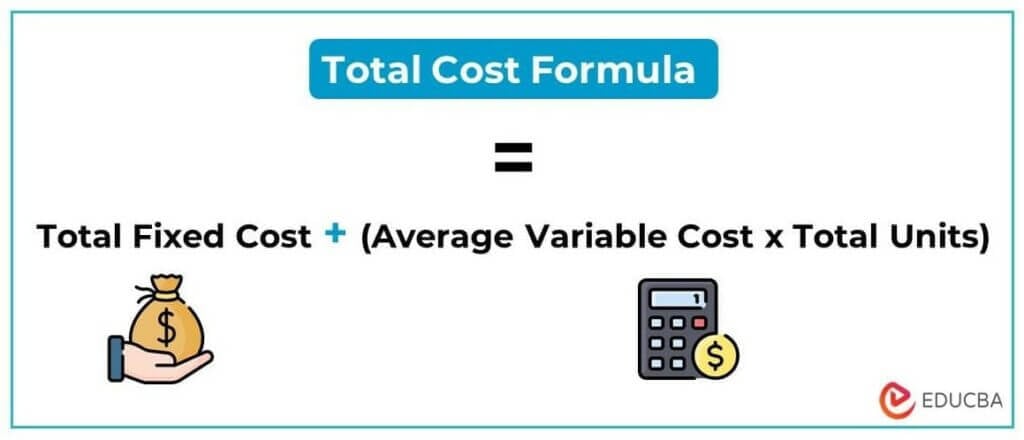Period and Product Costs Managerial Accounting

While variable costs like materials rise and fall with production volume, fixed expenses like depreciation, rent, insurance, etc. remain unchanged from month to month. The type of labor involved will determine whether it is accounted for as a period cost or a product cost. Direct labor that is tied to production can be considered a product cost. However, other labor, such as secretarial or janitorial staff, would instead be period costs. A period cost is any cost consumed during a reporting period that has not been capitalized into inventory, fixed assets, or prepaid expenses. These costs tend to be clustered into the selling, general and administrative classifications of expenses, and appear in the lower half of a reporting entity’s income statement.
Cost Control Strategies: Managing Overhead and Fixed Expenses
After the rent abatement period ends, the tenant is usually required to resume regular rent payments as outlined in the lease agreement. It is crucial for both landlords and tenants to clearly document the terms of the rent abatement in the lease agreement to avoid confusion or disputes in the future. Additionally, any impact on other aspects of the lease, such as lease term extension or rent escalations, should also be addressed and agreed upon during the negotiation process. Rent expense abatement, also known as free rent, is a temporary period where a tenant is granted relief from paying rent for a specific duration.
- As part of its lease agreements, Starbucks notes that it pays many different types of expenses, such as CAM costs, real estate taxes, and other costs.
- As a non-cash expense, depreciation appears on the income statement but does not directly drain cash flow.
- Because prime cost only considers direct costs, it does not capture the total cost of production.
- For example, iron ore is a direct material to a steel company because the iron ore is clearly traceable to the finished product, steel.
- Both product costs and period costs may be either fixed or variable in nature.
Period Expense vs Operating Expense
A manufacturer that wants to lease factory or warehouse space close to ports or transportation lines in major metropolitan areas would face higher than average leasing costs. Rent expense consideration is balanced against the benefit of being in a prime area (for the retailer) and of being close to transshipment points (for the manufacturer). Direct labor costs are the same as those used in prime cost calculations. Prime costs are a firm’s expenses directly related to the materials and labor used in production.
Examples of Rent as a Period Expense
If the products remain in inventory, the rent is included in the manufacturing overhead portion of the product’s cost. When products are sold, the rent allocated to those products will be expensed as part of the cost of goods sold. Other examples of period costs include marketing expenses, rent (not directly tied to a production facility), office depreciation, and indirect labor. Period costs include any costs not related to the manufacture or acquisition of your product. Sales commissions, administrative costs, advertising and rent of office space are all period costs. These costs are not included as part of the cost of either purchased or manufactured goods, but are recorded as expenses on the income statement in the period they are incurred.
Create a Free Account and Ask Any Financial Question
When costs are traceable to products and services, they are undeniably product costs. Being traceable means that you won’t have a hard time determining the physical quantity and its cost equivalent. In general, period expenses include items such as rent, utilities, insurance, and property taxes.

Freight is categorized as a period cost if it relates to delivering finished goods to customers. Proper classification is important for accurate financial reporting and determining true production costs. Period costs are not assigned to one particular product or the cost of inventory like product is rent a period cost costs. Therefore, period costs are listed as an expense in the accounting period in which they occurred. Administrative expenses are non-manufacturing costs that include the costs of top administrative functions and various staff departments such as accounting, data processing, and personnel.
Freight costs can be categorized as either a product cost or a period cost, depending on the context. Also, fixed and variable costs may be calculated differently at different phases in a business’s life cycle or accounting year. Whether the calculation is for forecasting or reporting affects the appropriate methodology as well.
Starbucks acknowledges it is entered into some variable lease costs such as including a percentage of gross sales in excess of specified levels as part of the cost of rent. These costs include items that are not related directly to the primary function of a business, such as paying utility bills or filing legal suits. Direct Labor refers to the wages paid to production workers who are directly involved in making the product, such as assembly line workers, woodworkers, tailors, etc.
